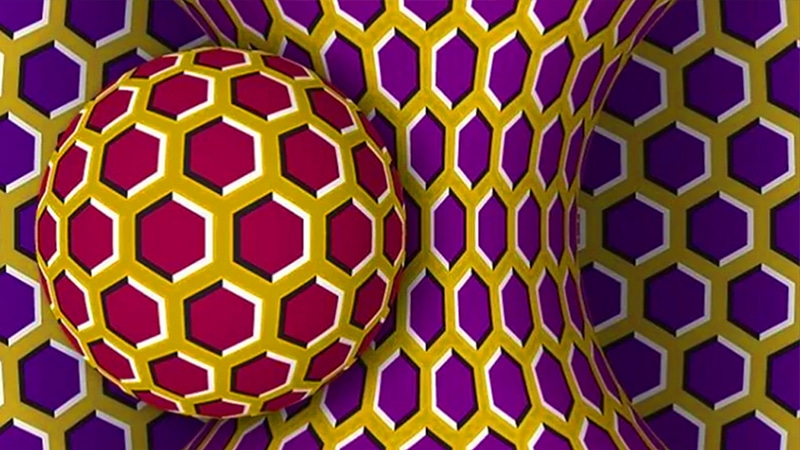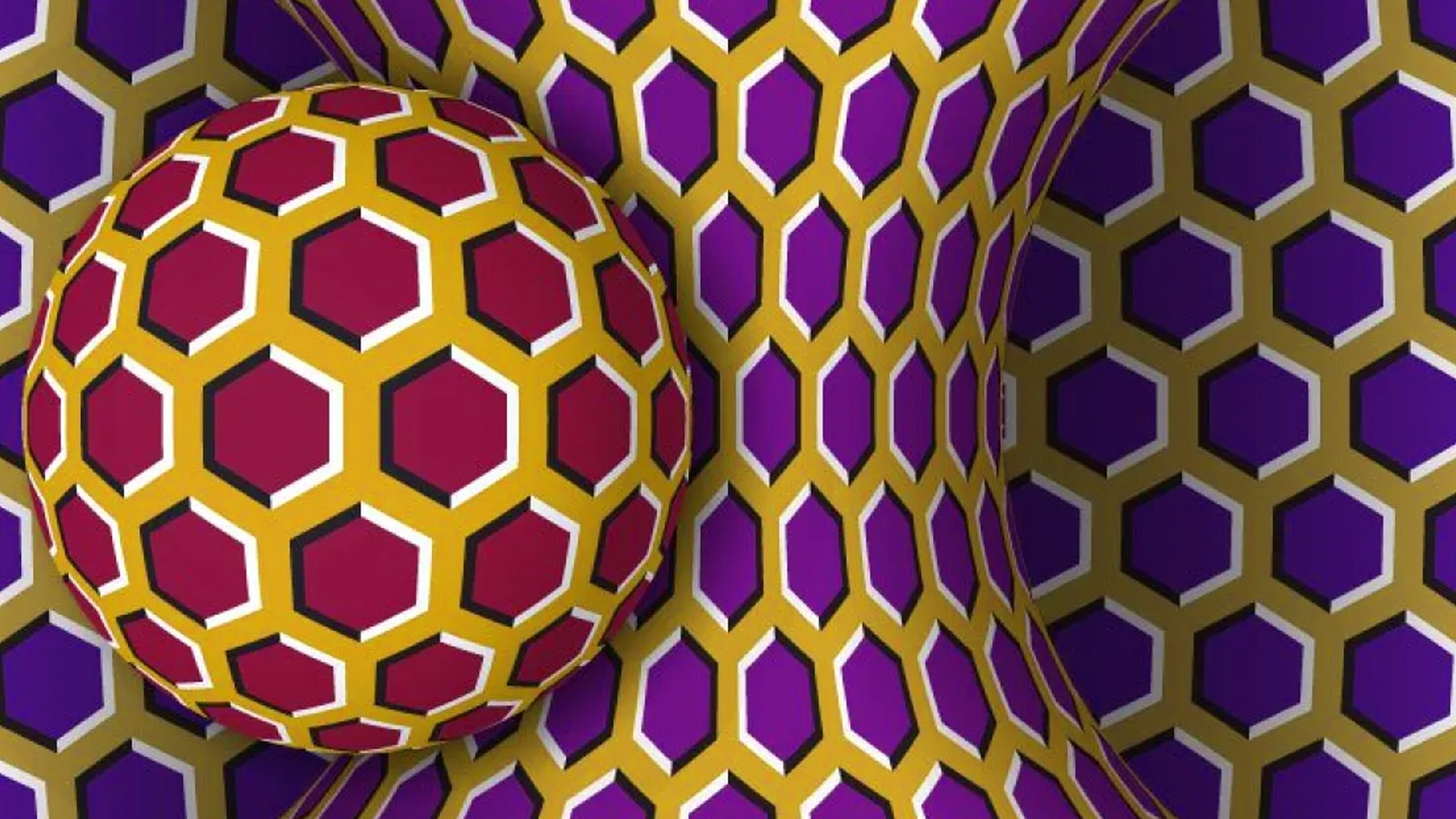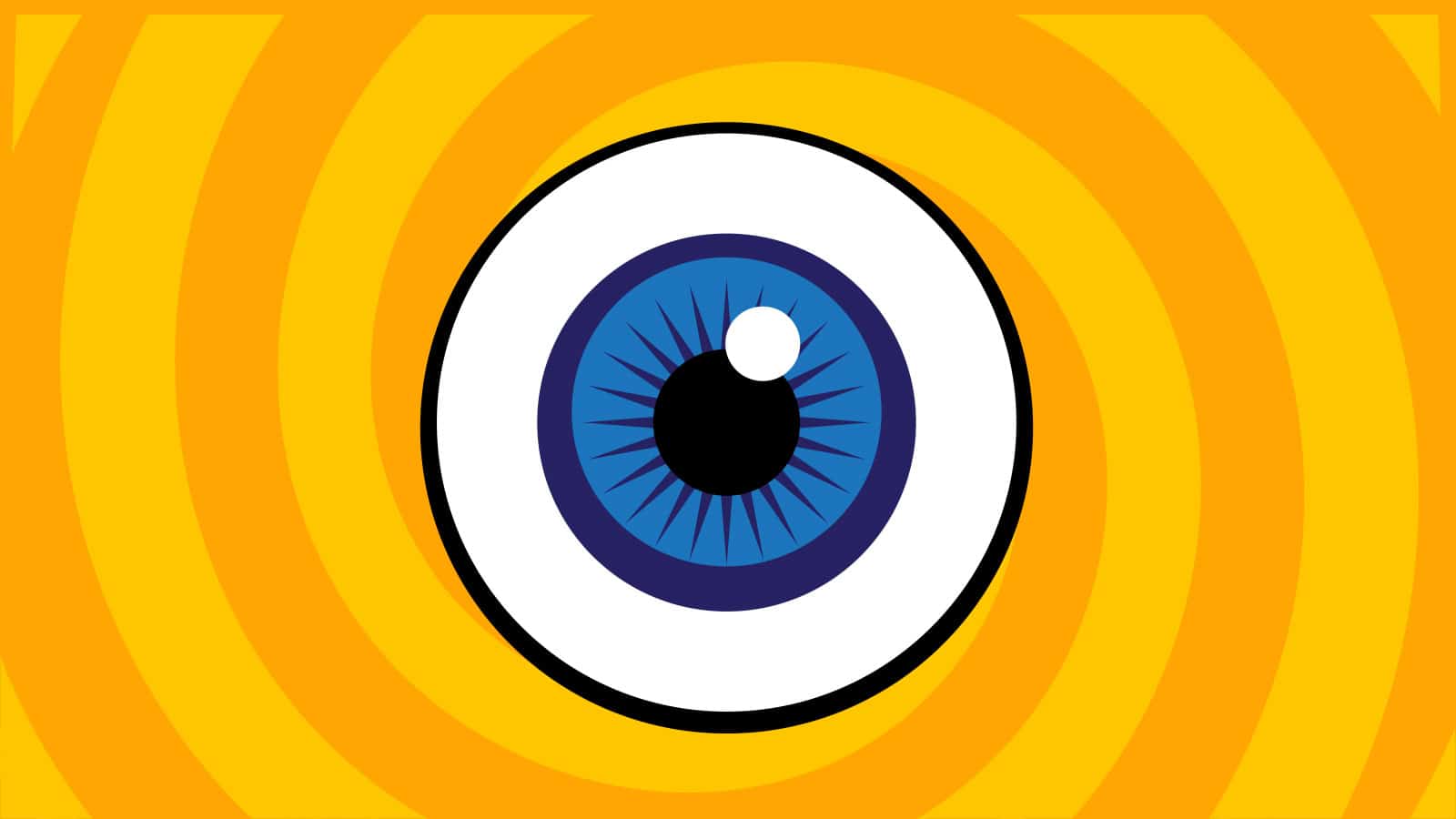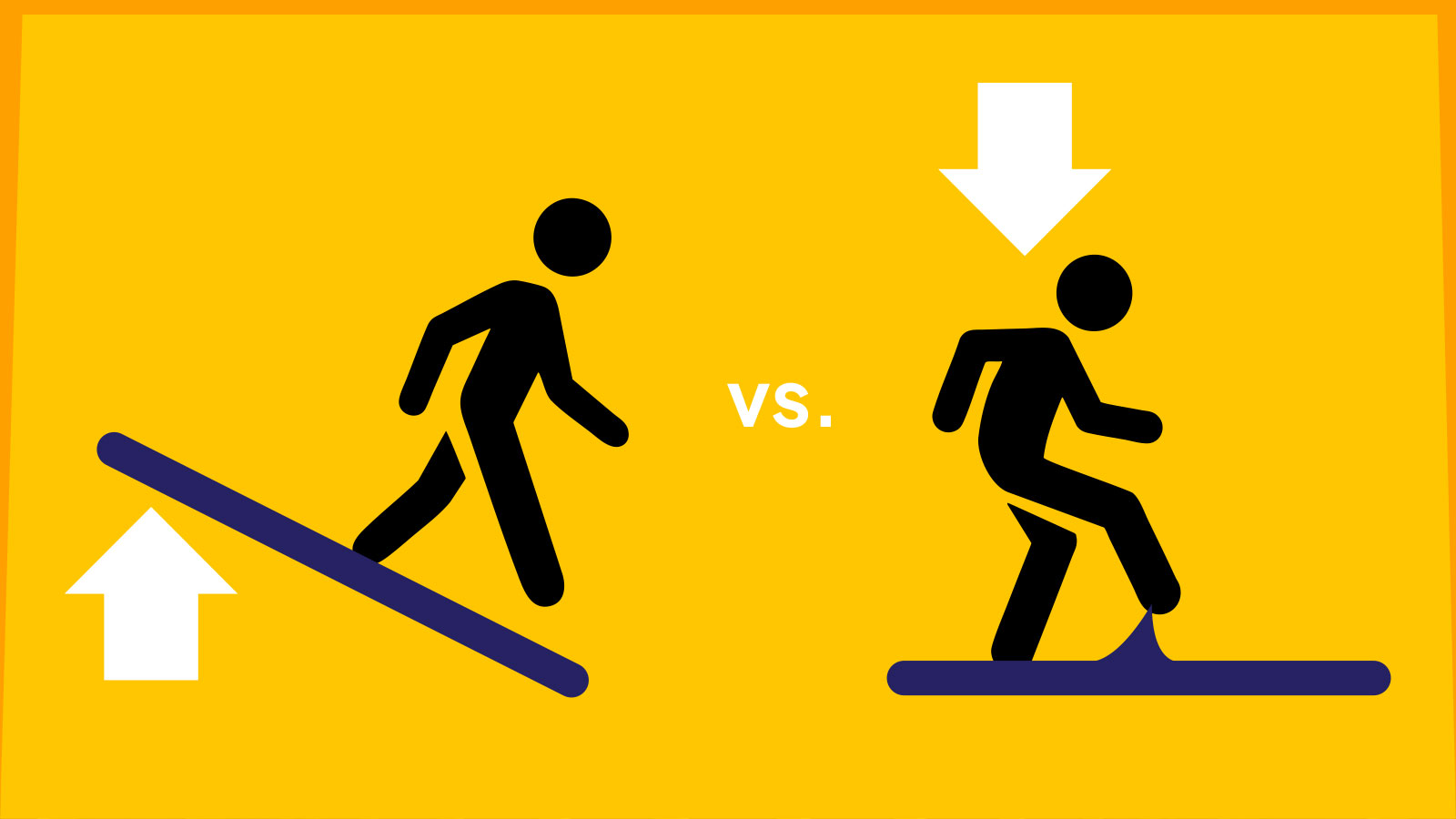
Last week I stumbled across this optical illusion on Instagram, “Created by Japanese neurology Professor Yamamoto Hashima to test your anxiety/stress levels.” Apparently the “shapes move faster or slower depending on your anxiety level” — if it moves slowly, or not at all, you are calm. If they move fast, like a carousel, you are experiencing high levels of anxiety. Naturally, I began rigorously testing this. From a typical day in the studio to having my daughter report on it as we stood in line for a very intimidating roller coaster. I even asked my optometrist during an eye exam [I love eye exams by the way]. Overall, the results were very mixed.
So, now it’s your turn. Have a look again at the image below.
How much does it move? Does it match your stress levels?

Did it work for you?
So, it turns out that the “stress test” and the “Japanese psychologist” are all fake and widely disseminated on social media. A beautiful scam of which I too fell prey. The illusion itself works, it’s just not a clinical gauge for anxiety, nor was it created by a healthcare professional. It was created by Ukrainian illustrator, Yurri Perpadia, who was reportedly [and understandably] very miffed when his work started showing up, uncredited, across the internet.
Were you drawn into the efficacy of this test like I was?
Here and a couple reasons for why this is effective, from a Behavioral Science meets Marketing point of view:
1. “Created by Japanese neurology Professor Yamamoto Hashima…”
Authority Bias
The Authority Bias is based around our general instinct to trust figures of authority. We’re raised to respect the authority of professionals and people of status which gives way to a cognitive shortcut ( or “heuristic”) of trust. This is a tricky bias, as it leads people to blindly accept information, or worse, follow instructions and make purchases without validation1.
Be careful of this one. If Dr. Phil says you should drink Dr. Pepper while listening to Dr. Dre, it doesn’t make it healthy. None of the aforementioned are practicing doctors. YouTube is rife with fake and actual doctors trying to sell you diets, fads, and remedies.
2. If you notice the shapes moving then you have anxiety.
The Barnum Effect
Also known as the Forer Effect, this bias is summed up by how we can believe a series of general/generic assessments may specifically apply to ourselves individually. Think horoscopes and palm reading. We are often susceptible to this type of information, and often in good fun. However, be careful when it enters the medical or diagnostic realm.
Social media is littered with vague self-diagnosis tests, just as late night television was before it. “Do you wake up tired in the mornings? Do you sometimes feel sad for no reason? Then you could have…” This is Barnum effect and it has been tested to be very effective in leading to medical self-diagnoses2. It is responsible for many social self diagnosis trends from ADHD, Depression, and [specific to this example] Anxiety. Now, I’m not saying that anyone doesn’t have these things, but if you think you do because “TikTok says so,” please seek out a second, professional opinion.
To me the biggest surprise about this Illusion framed as a medical test, is that no one was selling anything. Lucky for the general public, that they weren’t. Just more kindling added to the misinformation pile that is Social Media. So be careful out there, these biases [and many many more] are widely used in marketing. Sometimes for good, but mostly for bad.
Don’t get me wrong, I loved this ruse. It worked on me and I had a lot of fun because of it. No harm, no foul. Plus, I’m a sucker for optical illusions. So, it’s ok if you show it to your friends and neighbors. I won’t tell.
1. Wang, A. (2006). The Effects of Expert and Consumer Endorsements on Audience Response. Journal of Advertising Research, 45(4), 402–412.
2. Furnham, A. (1994). The Barnum effect in medicine. Complementary Therapies in Medicine, 2(1), 1-4. https://doi.org/10.1016/0965-2299(94)90152-X
Optical Illusion by Yurri Perpadia




0 Comments